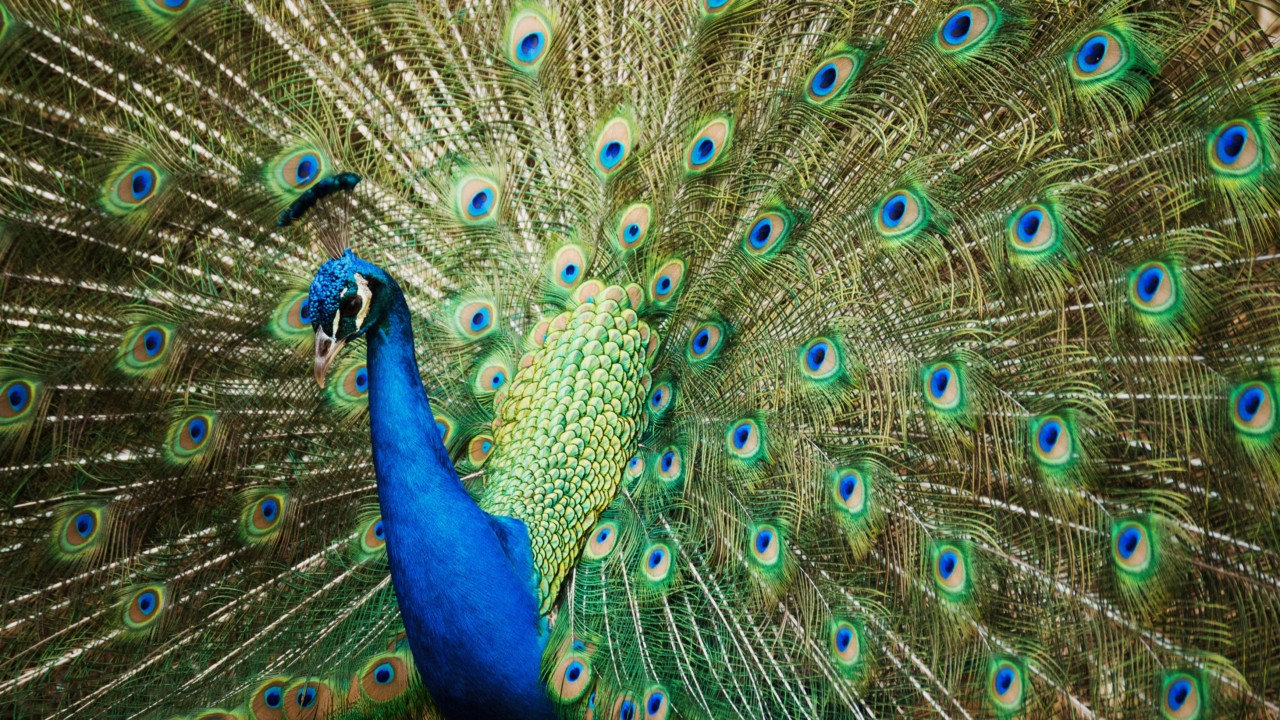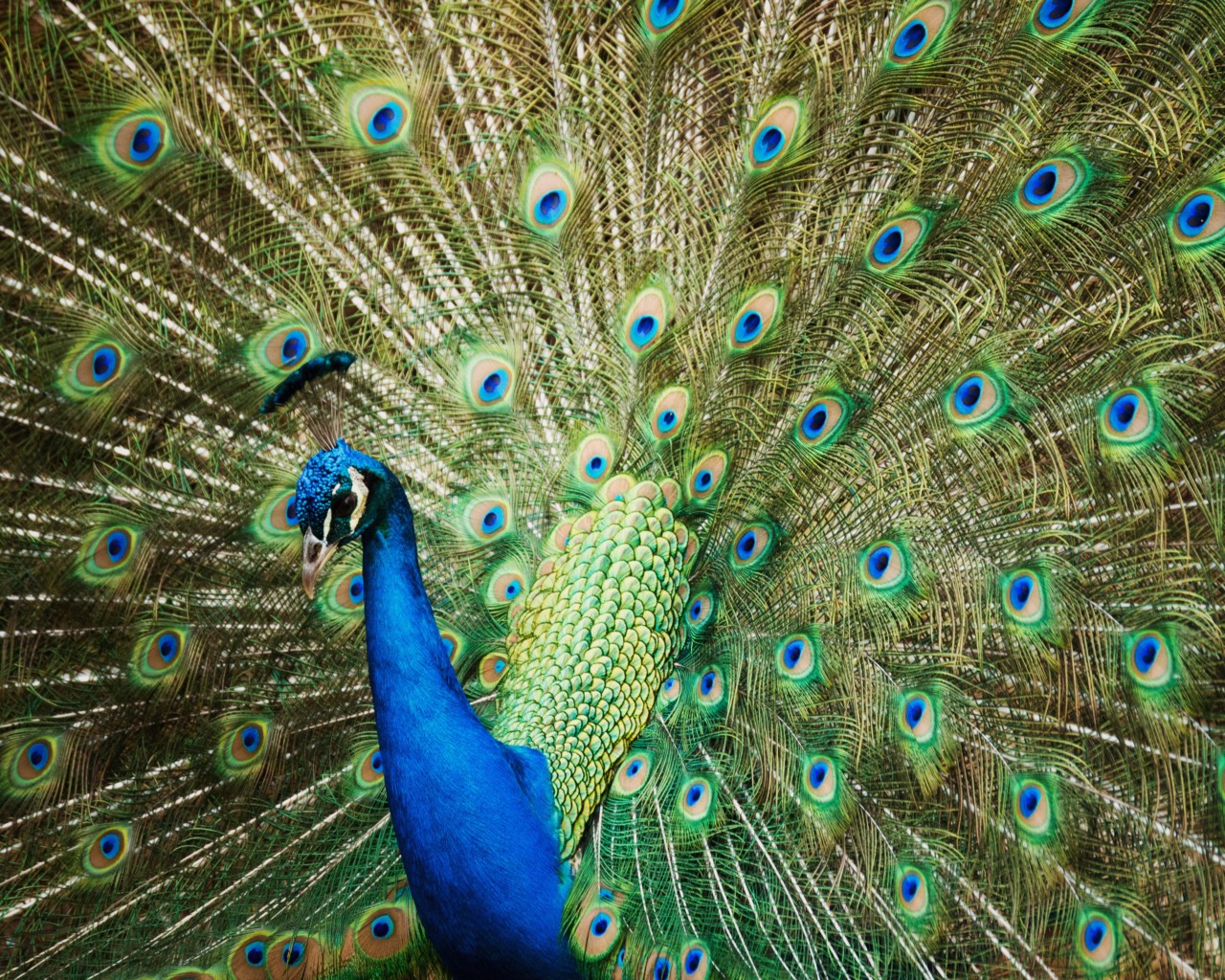

Photograph by Raquel Guiu / Tiny Atlas x Kintzing
words by willow defebaugh
“I think of beauty as an absolute necessity. I don’t think it’s a privilege or an indulgence, it’s not even a quest. I think it’s almost like knowledge, which is to say, it’s what we were born for.”
—Toni Morrison
Do you know someone who sees the world in a way that reveals new hues to you? Whose sense of self-awareness leads them to move with arresting originality, and invites you to do the same just by nature of being in their aura? It’s that quality I’m increasingly drawn to during these times when it’s all too tempting to see life in dark shades and dull greys. In a climate that wants to crack down on diversity of expression, it’s all the more imperative to live in vivid color.
Enter one of nature’s most vibrant animals: the peafowl. With Indian peafowls, the males (peacocks) possess the bright blue and green feathers and large trains that these creatures are known for, but the females (peahens) still possess their signature metallic shades around their necks. Green peafowls, meanwhile, display that green and blue iridescence across both males and females, and Congo peafowls have more subtle plumage in their shorter trains. Whether through a luminous display or a quiet shimmer, every peafowl carries its own radiance.
More interesting than gender, though, is how their signature iridescence manifests—especially the metallic coloring of their blue neck and breast plumage. Rather than pigments, these feathers dazzle with intricate structural coloration. The feathers contain microscopic, regularly spaced structures that interfere with light, reflecting specific wavelengths to produce brilliant colors that shift depending on the viewer’s angle. They display their own unique form of self-expression.
Peacock trains are instrumental in courtship rituals that are as artful as they are inventive. When attracting a mate, peacocks shake their feathers at 25 times per second, resulting in a shimmering visual display. They do this by drumming their shorter tail feathers against the back of the train, producing vibrations that strum throughout. Even more impressive is that micro-hooks lock the eyespots into place—causing only the feathers around them to ripple with a mesmerizing effect.
Not all peafowl communication is so visual, though. The feather crests found on the heads of these birds are attached to filoplumes, hair-sized feathers that act as mechanosensors. They are attuned to specific frequencies, such as the ones given off by a peacock’s train-rattling. So these crests allow peafowls to pick up on subtle vibrations during social encounters, enhancing the sensory experience of courtship and opening up unspoken pathways of communication.
Peacocks’ display feathers are one of the most vivid symbols of sexual selection, believed to have evolved to improve their odds at mating. And this doesn’t come at a detriment; research shows that the ample size of peacocks’ trains doesn’t actually hinder their ability to fly. This is useful, particularly when being hunted by predators like tigers. Peafowls honed beauty as a longevity strategy, without sacrificing their ability to survive.
In some Buddhist traditions, peafowls are revered as a symbol of liberation because they eat snakes, which symbolize one of the three poisons (hatred or aversion). We, too, can transmute such toxicity. Peafowls are a reminder to be our own strange instruments and display our unique colors boldly. Seeking and offering beauty during dark times is necessary for long-term sustainability. Why else are we here, if not to dance with iridescence?
Lessons From Peacocks on Living in Vivid Color